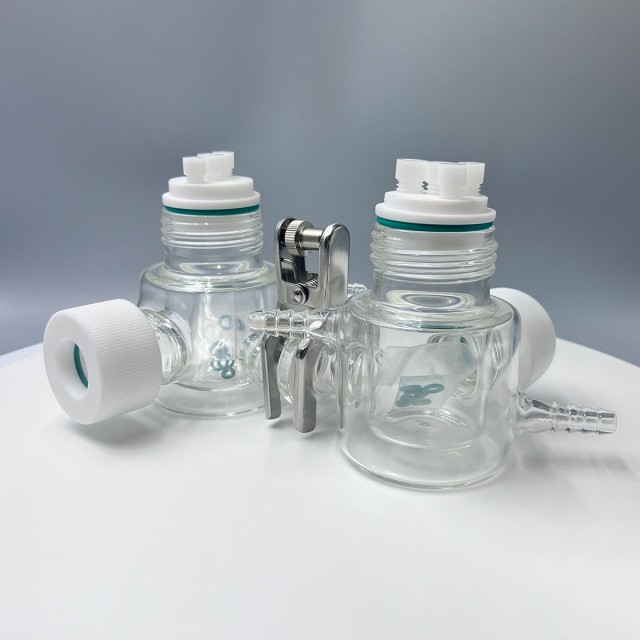
Electrochemical Consumables
H-Type Double-Layer Optical Electrolytic Electrochemical Cell with Water Bath
Item Number : ELCHD
Price varies based on specs and customizations
$269.00 / set
- Specification
- 10ml ~ 1000ml
- Applicable temperature range
- 0 ~ 60℃
- Sealed form
- Thread + Apron
- Material
- Boron glass + PTFE
Shipping:
Contact us to get shipping details Enjoy On-time Dispatch Guarantee.
Why Choose Us
Reliable PartnerEasy ordering process, quality products, and dedicated support for your business success.
Double-layer H-type optical water bath electrolytic cells, with excellent corrosion resistance and a wide range of specifications available. Customization options are also available.
Technical specifications
| Specification | 10ml ~ 1000ml |
| Applicable temperature range | 0 ~ 60℃ |
| Sealed form | Thread + Apron |
| Material | Boron glass + PTFE |
| Electrolytic cell hole | Three electrode holes (6mm), two air holes (3mm), custom openings are available |
Detail & Parts

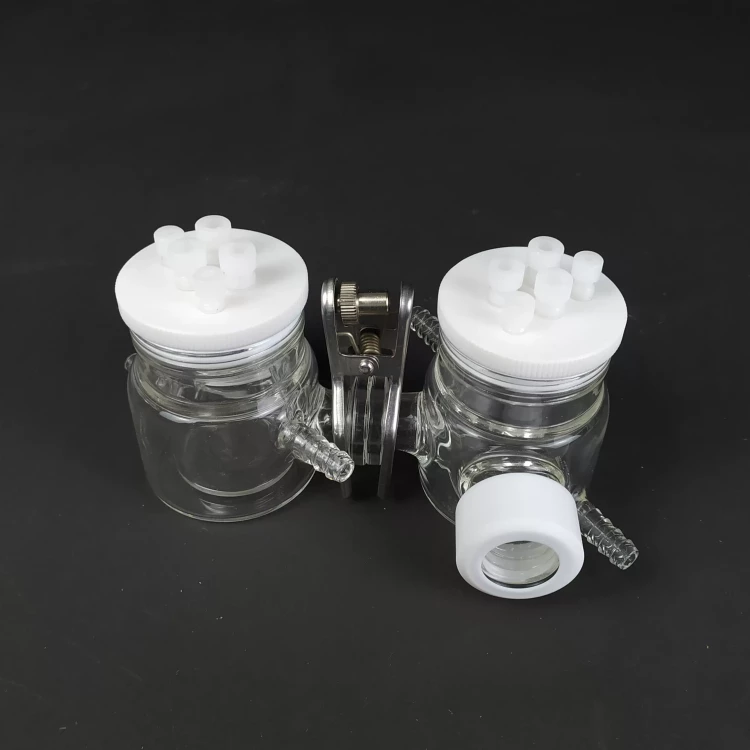
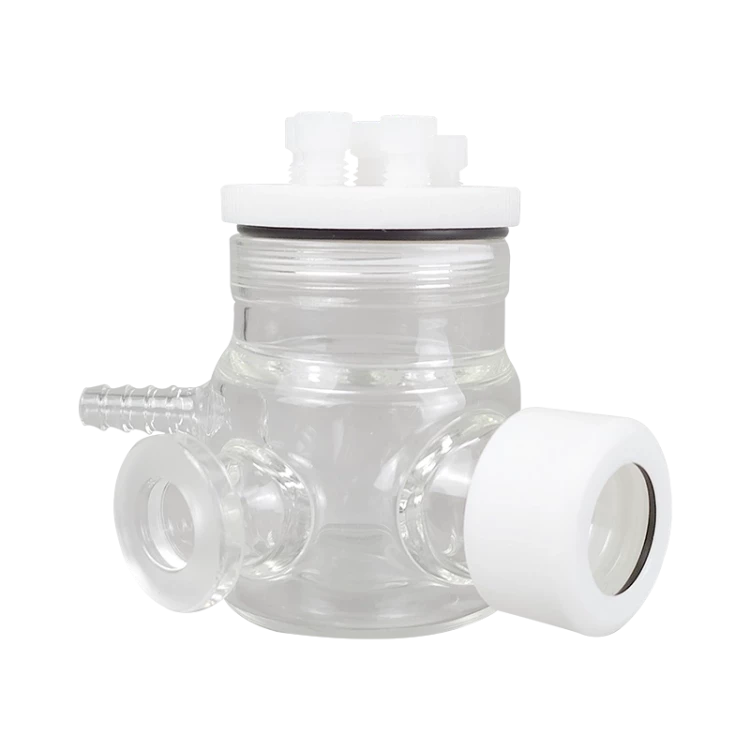
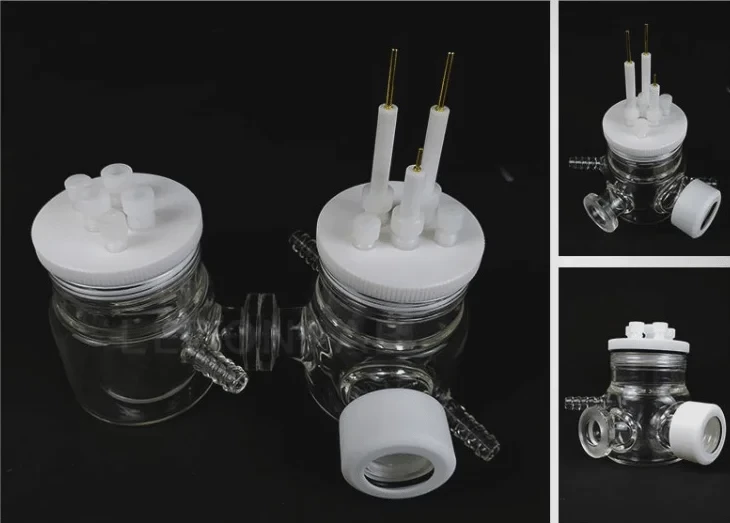
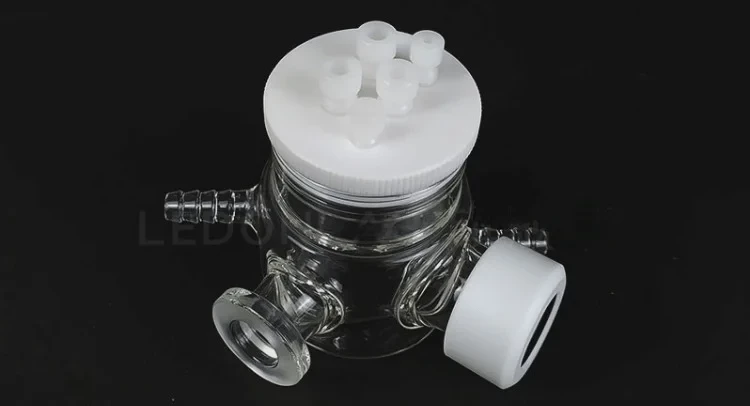
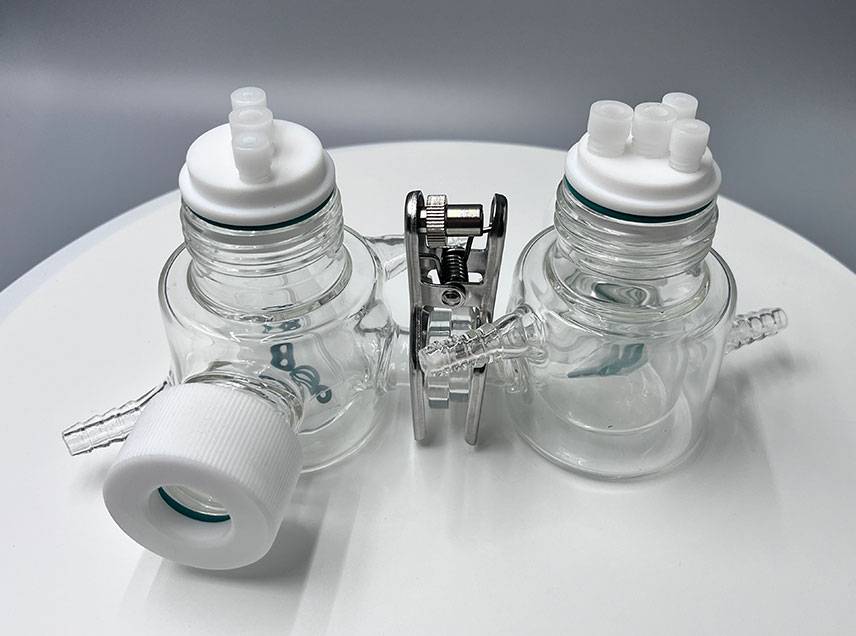
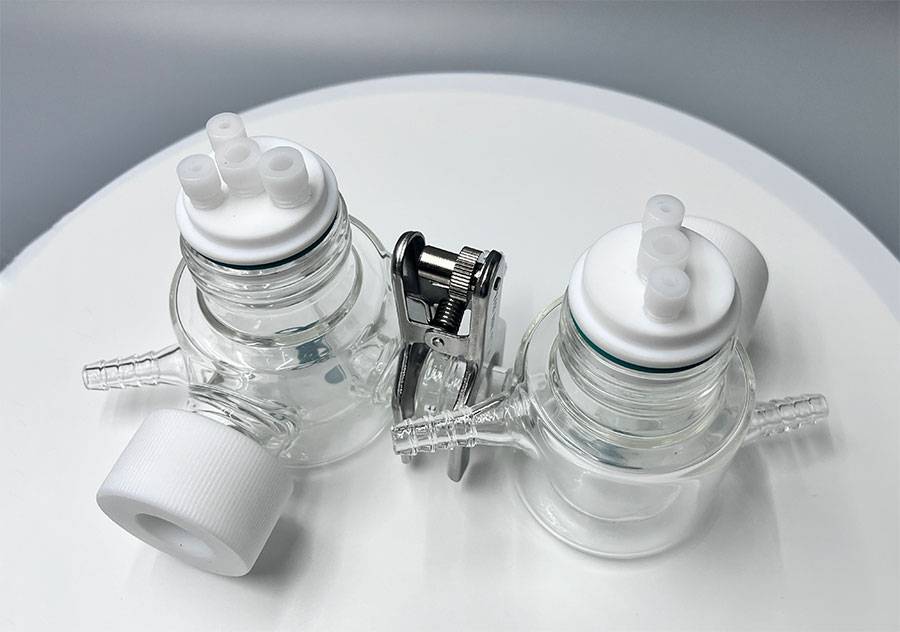
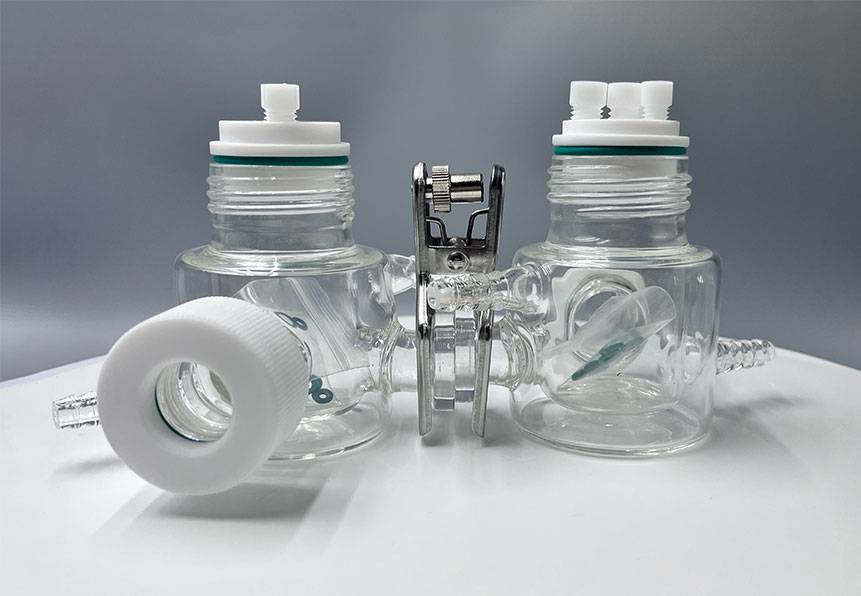
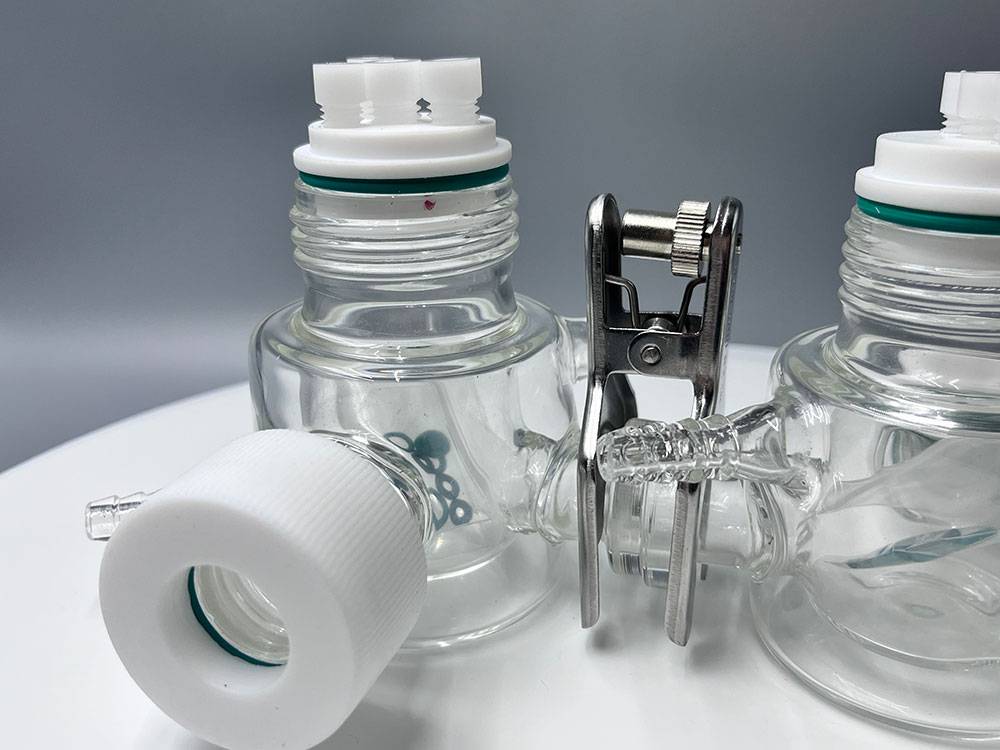
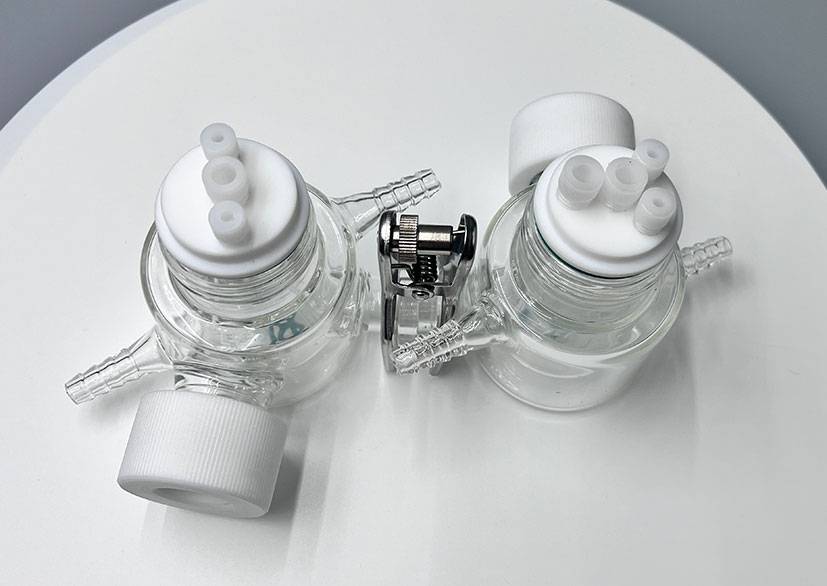
Designed for You
KinTek provide deep custom made service and equipment to worldwide customers, our specialized teamwork and rich experienced engineers are capable to undertake the custom tailoring hardware and software equipment requirements, and help our customer to build up the exclusive and personalized equipment and solution!
Would you please drop your ideas to us, our engineers are ready for you now!
FAQ
What Is The H Type Of Electrochemical Cell?
What Are Electrolytic Cells Used For?
What Is H-cell Used For?
What Is The Difference Between Galvanic Cell And Electrolytic Cell?
What Is The H Type Microbial Fuel Cell?
What Is An Electrolytic Cell And How Does It Work?
How Many Types Of Electrolytic Cells Are There?
What Are The Two Points Of Difference Between Electrochemical And Electrolytic Cells?
What Is The H Cell For Hydrogen Permeation Experiments?
What Is The Example Of Electrolytic Cell?
Are Electrolytic Cells Spontaneous?
4.9
out of
5
This electrochemical cell is a game-changer in our lab. The replaceable membrane seal makes maintenance a breeze, and the multiple electrode feedthroughs give us the flexibility we need for our experiments. Highly recommended!
4.7
out of
5
We've been using this cell for a few months now and it's been a great addition to our lab. It's very well-made and the results we've been getting are very consistent. We're very happy with this purchase.
4.8
out of
5
This cell is a must-have for any lab that does electrochemical research. It's very easy to use and the results are very accurate. We've been using it for a few years now and it's still going strong.
4.6
out of
5
This cell is a great value for the price. It's very well-made and the results we've been getting are very consistent. We're very happy with this purchase.
4.9
out of
5
This cell is a lifesaver! It's so easy to use and the results are very accurate. We've been using it for a few months now and it's still going strong. I highly recommend this cell to any lab that does electrochemical research.
4.7
out of
5
This cell is a great addition to our lab. It's very well-made and the results we've been getting are very consistent. We're very happy with this purchase.
4.8
out of
5
This cell is a must-have for any lab that does electrochemical research. It's very easy to use and the results are very accurate. We've been using it for a few years now and it's still going strong.
4.6
out of
5
This cell is a great value for the price. It's very well-made and the results we've been getting are very consistent. We're very happy with this purchase.
4.9
out of
5
This cell is a lifesaver! It's so easy to use and the results are very accurate. We've been using it for a few months now and it's still going strong. I highly recommend this cell to any lab that does electrochemical research.
4.7
out of
5
This cell is a great addition to our lab. It's very well-made and the results we've been getting are very consistent. We're very happy with this purchase.
4.8
out of
5
This cell is a must-have for any lab that does electrochemical research. It's very easy to use and the results are very accurate. We've been using it for a few years now and it's still going strong.
4.6
out of
5
This cell is a great value for the price. It's very well-made and the results we've been getting are very consistent. We're very happy with this purchase.
4.9
out of
5
This cell is a lifesaver! It's so easy to use and the results are very accurate. We've been using it for a few months now and it's still going strong. I highly recommend this cell to any lab that does electrochemical research.
4.7
out of
5
This cell is a great addition to our lab. It's very well-made and the results we've been getting are very consistent. We're very happy with this purchase.
4.8
out of
5
This cell is a must-have for any lab that does electrochemical research. It's very easy to use and the results are very accurate. We've been using it for a few years now and it's still going strong.
4.6
out of
5
This cell is a great value for the price. It's very well-made and the results we've been getting are very consistent. We're very happy with this purchase.
4.9
out of
5
This cell is a lifesaver! It's so easy to use and the results are very accurate. We've been using it for a few months now and it's still going strong. I highly recommend this cell to any lab that does electrochemical research.
4.7
out of
5
This cell is a great addition to our lab. It's very well-made and the results we've been getting are very consistent. We're very happy with this purchase.
4.8
out of
5
This cell is a must-have for any lab that does electrochemical research. It's very easy to use and the results are very accurate. We've been using it for a few years now and it's still going strong.
REQUEST A QUOTE
Our professional team will reply to you within one business day. Please feel free to contact us!
Related Products

Optical Water Bath Electrolytic Electrochemical Cell
Upgrade your electrolytic experiments with our Optical Water Bath. With controllable temperature and excellent corrosion resistance, it's customizable for your specific needs. Discover our complete specifications today.

Multifunctional Electrolytic Electrochemical Cell Water Bath Single Layer Double Layer
Discover our high-quality Multifunctional Electrolytic Cell Water Baths. Choose from single or double-layer options with superior corrosion resistance. Available in 30ml to 1000ml sizes.
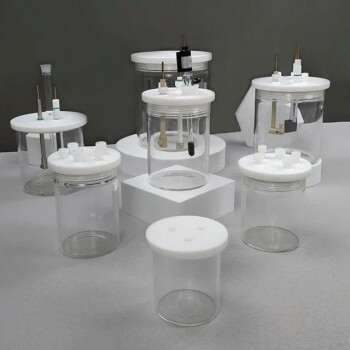
Electrolytic Electrochemical Cell with Five-Port
Streamline your laboratory consumables with Kintek's Electrolytic Cell with five-port design. Choose from sealed and non-sealed options with customizable electrodes. Order now.

Electrolytic Electrochemical Cell for Coating Evaluation
Looking for corrosion-resistant coating evaluation electrolytic cells for electrochemical experiments? Our cells boast complete specifications, good sealing, high-quality materials, safety, and durability. Plus, they're easily customizable to meet your needs.

Electrolytic Electrochemical Cell Gas Diffusion Liquid Flow Reaction Cell
Looking for a high-quality gas diffusion electrolysis cell? Our liquid flow reaction cell boasts exceptional corrosion resistance and complete specifications, with customizable options available to suit your needs. Contact us today!

Flat Corrosion Electrolytic Electrochemical Cell
Discover our flat corrosion electrolytic cell for electrochemical experiments. With exceptional corrosion resistance and complete specifications, our cell guarantees optimal performance. Our high-quality materials and good sealing ensure a safe and durable product, and customization options are available.

40L Chiller Water Bath Cooling Circulator Low Temperature Constant Temperature Reaction Bath
Get efficient and reliable chilling power with KinTek KCP circulating chiller. With a max. temp of -120℃, it's an ideal equipment for different working circumstances.
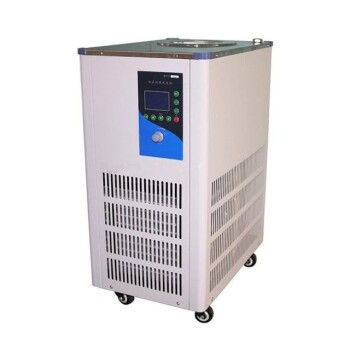
Get reliable and efficient chilling power for your lab or industrial needs with KinTek KCP chilling circulator. With max. -120℃ temperature and built-in circulating pump.

Lab Electrochemical Workstation Potentiostat for Laboratory Use
Electrochemical workstations, also known as laboratory electrochemical analyzers, are sophisticated instruments designed for precise monitoring and control in various scientific and industrial processes.
Related Articles

The Glass Heart of the Experiment: Precision Through Systematic Care
Routine maintenance of double-layer electrolytic cells isn't just cleaning—it's calibration. Discover the systematic protocol for reproducible electrochemical data.

The Silent Dialogue: Mastering Control in Electrolytic Cells
Electrolysis is a non-spontaneous act requiring precise control. Learn to interpret the interplay of voltage, current, and physical phenomena for safer lab results.

The Glass Heart of the Experiment: Mastering the Electrolytic Cell
Master the art of handling electrolytic cells. Learn the critical balance between physical fragility, chemical safety, and operational precision.

The Architecture of Precision: Why Your Electrolytic Cell Specs Matter More Than You Think
Discover the critical logic behind electrolytic cell specifications. From aperture geometry to volume trade-offs, learn how the right vessel defines experimental success.

Applications of H-Type Electrolytic Cell in Metal Extraction
H-type electrolytic cells uses an electrolyte solution to dissolve the metal ions and an electric current to separate the metal ions from the solution.

Understanding Quartz Electrolytic Cells: Applications, Mechanisms, and Advantages
Explore the detailed workings, applications, and benefits of quartz electrolytic cells in various industries. Learn how these cells facilitate precise chemical reactions and their role in high-purity metal production.

The Silent Variable: Engineering Reliability in Electrolytic Cells
Data accuracy depends on equipment integrity. Learn the engineering protocols for maintaining electrolytic cells to prevent systemic error.

Overcoming Challenges with H-Type Electrolytic Cell Operation
Understanding the components and operation of the H-type electrolytic cell is crucial in producing high-quality chemicals and overcoming the challenges that come with its operation.

The Silent Volatility: Mastering the Art and Safety of Electrolytic Cells
Electrolytic cell safety requires more than just PPE. It demands a systemic approach to managing invisible chemical, electrical, and physical hazards.

The Unseen Variable: Mastering the Electrolytic Cell Inspection
Precision in electrochemistry begins before the current flows. Discover the critical pre-use checks for electrolytic cells that ensure safety and data integrity.

Exploring the Multifunctional Electrolytic Cell Water Bath: Applications and Benefits
Discover the versatile applications of multifunctional electrolytic cell water baths in various industries. Learn about their benefits, components, and how they facilitate chemical reactions and temperature control.

The Architecture of Stability: Mastering Control with Double-Layer Electrolytic Cells
Chemistry is a battle against variables. Discover how double-layer electrolytic cells (30ml-1000ml) provide the thermal and atmospheric control you need.